
lizard skink AT&T Yahoo Search Results Blue tongue skink, Australian native animals, Fun
A tail that can be shed and regrown; Genus Tiliqua (Wilson and Swan 2017, and as noted) Large, robust-bodied lizards Largest members of Scincidae (Abbate et al. 2009). Common, eastern, or northern blue-tongue(d) skink or lizard; "blue-tongues" (English) (Wilson and Swan 2017)

Australian BlueTongue Lizard (Warning 6 images) Nature and Wildlife Photography Forum
The Blue-tongued lizard (Tiliqua scincoides) is a large species of skink found only in Australia and an island in Indonesia. Due to their characteristic blue tongue and their curious nature, Blue-tongued lizards are popular companion animals in Western countries. B starts with Appearance

Your Blue Tongue Skink Care Starts With These Steps The Critter Depot
Common or Eastern Blue-tongue Lizard ( Tiliqua scincoides scincoides ): this one is widespread in the south east of Australia and looks just as described above, grey with dark stripes. Northern Blue-tongued Skink ( Tiliqua scincoides intermedia ): belonging to the same species, this form is at home on the savannahs of Australia's tropical regions.

Blue Tongue lizard Stumpy tail Australia Stock Photo 241048 Alamy
Some individual Blotched Blue-tongue Lizards may weigh more than one kilogram. Identification. Blue-tongues have a long body, large head and short legs and toes. The tail is shorter than the body and generally tapers evenly to a point.

Bluetongue Lizard a prominent characteristic of the genus is a large blue tongue that can be
Bob-Tailed Blue Tongue Lizard . Wikimedia Commons. This lizard, also known as Tiliqua rugosa, is a species of blue-tailed skink endemic to Australia. Its tail looks a bit like its triangular head.

UNE Discovery 🦎 Our mystery guest is the Eastern Blue Tongued Lizard.
Eastern blue-tongued skinks generally shy (Cronin 2014) May avoid areas used by high numbers of humans and domestic dogs (Dutson and Dutson 2016) Skink injury and mortality In New South Wales, Shine and Koenig (2001) report over 8,900 T. scincoides "rescues" over a 10-year period
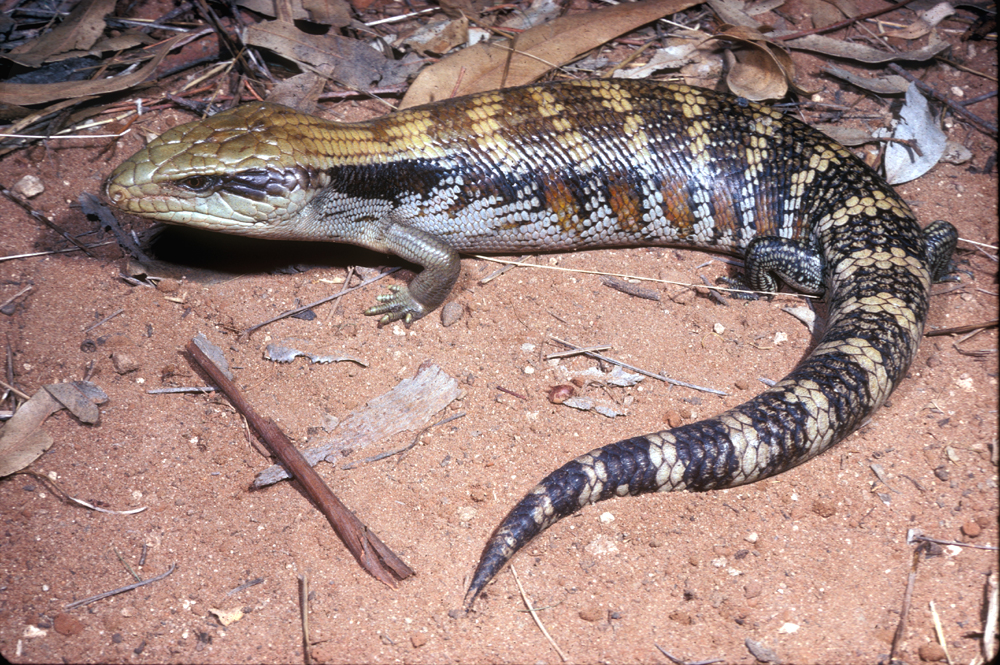
Bluetongued Skink Facts, Habitat, Diet, Pet Care, Babies, Pictures
Tail Length: About 50-75% of snout-vent length . Data sources: Cogger (2014), Wilson and Swan (2017), *Hoser (1989) General Appearance.. Similar to other lizards, blue-tongued skinks have a network of blood vessels just under the surface of their scales that helps them regulate their body temperature.
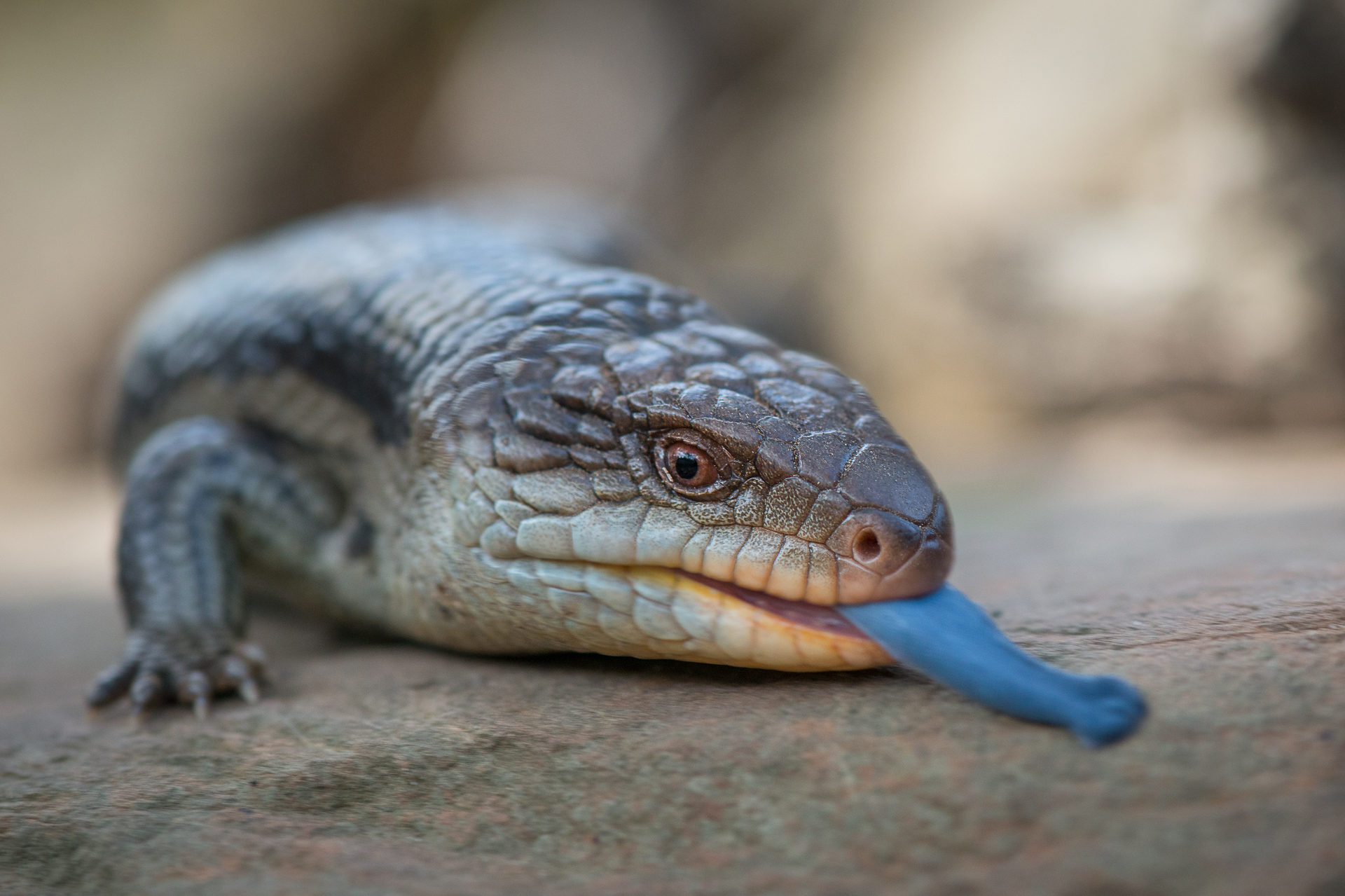
Blotched BlueTongued Lizard Sean Crane Photography
Blue-tongued lizards are the largest members of the skink family. Skink lizards have overlapping scales that are usually smooth and contain small plates of bone. Identification. The Eastern Blue-tongue is silvery-grey with broad dark brown or blackish bands across the back and tail. Individuals on the coast usually have a black stripe between.
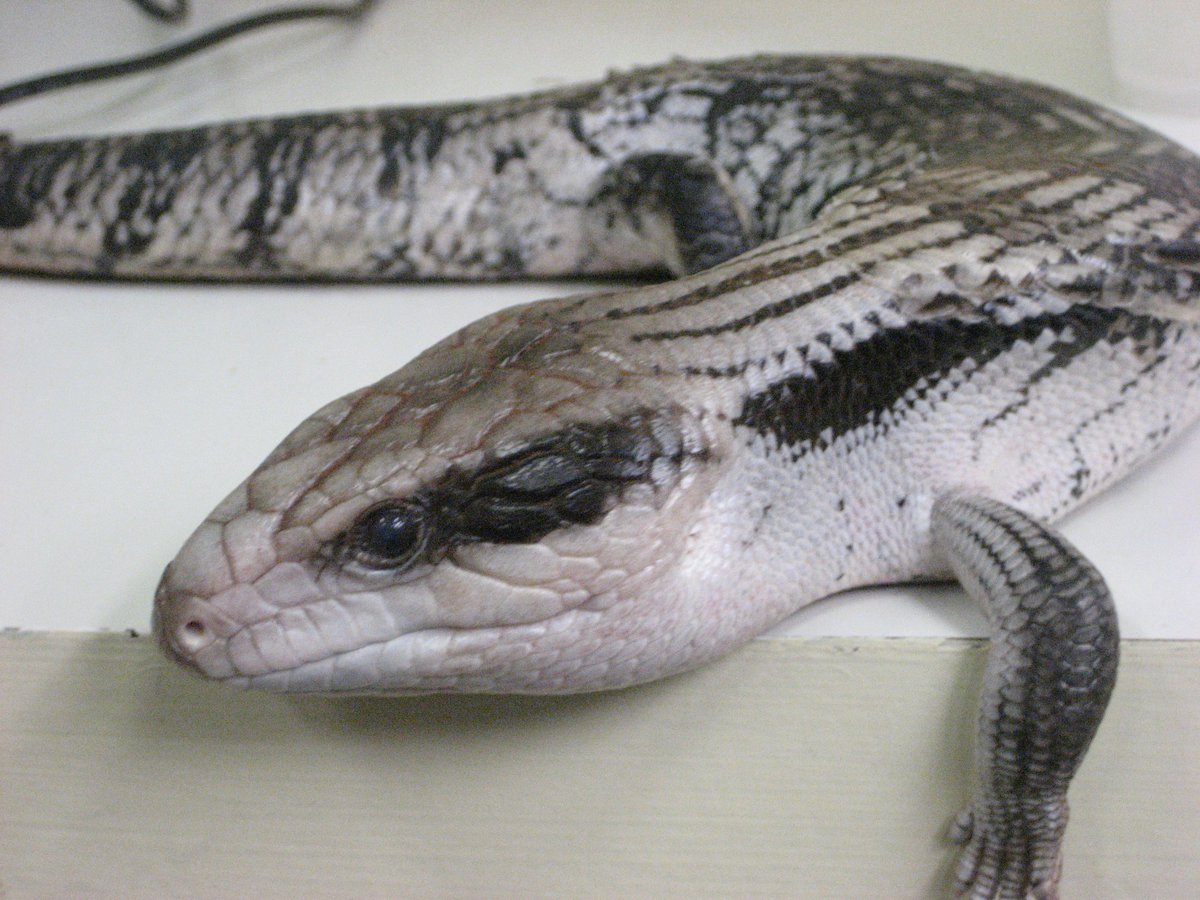
Eastern Bluetongue Lizard The Australian Museum
The eastern blue-tongued lizard ( Tiliqua scincoides scincoides) is a species of skink in the genus Tiliqua. The Tiliqua scincoides scincoide s can also be called the common blue tongue, the eastern bluetongue, the eastern blue-tongued lizard, or skink. [1]
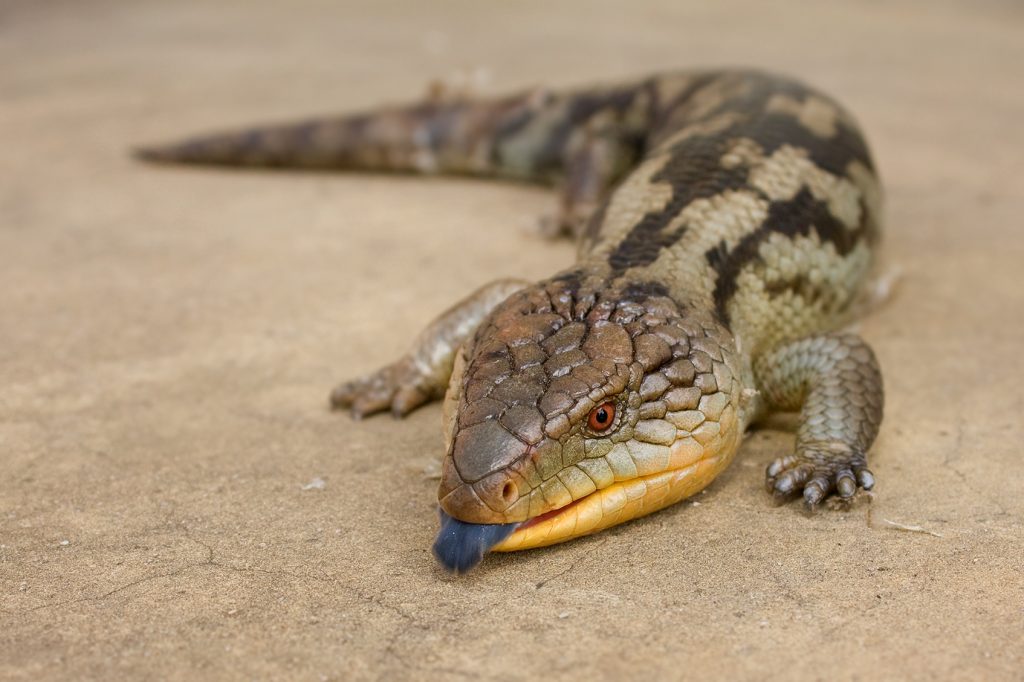
Bluetongued Skink Facts, Habitat, Diet, Pet Care, Babies, Pictures
The Blue-tongued Skink refers to a family of reptiles comprising the Australasian genus 'Tiliqua', which in turn contains a few of the largest members of the family of 'Skink'. They have a characteristic blue tongue and are mainly the inhabitants of Australia, where they are widely popular as house pets. There they are also known as 'blue-tongued lizards' or just 'blue-tongues'.

Australia Bluetongue Skink Travel2Unlimited
Did you know that Blue-tongue Lizards have a defense mechanism to protect them from predators who grab them? They self amputate or "drop" their tails to.

Blue Tongue Lizard, Australia
Tiliqua rugosa, most commonly known as the shingleback skink or bobtail lizard, is a short-tailed, slow-moving species of blue-tongued skink (genus Tiliqua) endemic to Australia. It is commonly known as the shingleback or sleepy lizard.

Bluetongued Skink The Cincinnati Zoo & Botanical Garden Fauna Reptiles Pet lizards, Cute
This blue tongue is used to alarm predators and scare them off. The Eastern blue-tongue lizard has smooth skin covered with scales that overlap and have small bone plates. The ventral (abdominal) region of the lizard is a silver or gray color. The lizard's back, however, appears dark brown and cream-colored and its head is pale brown.
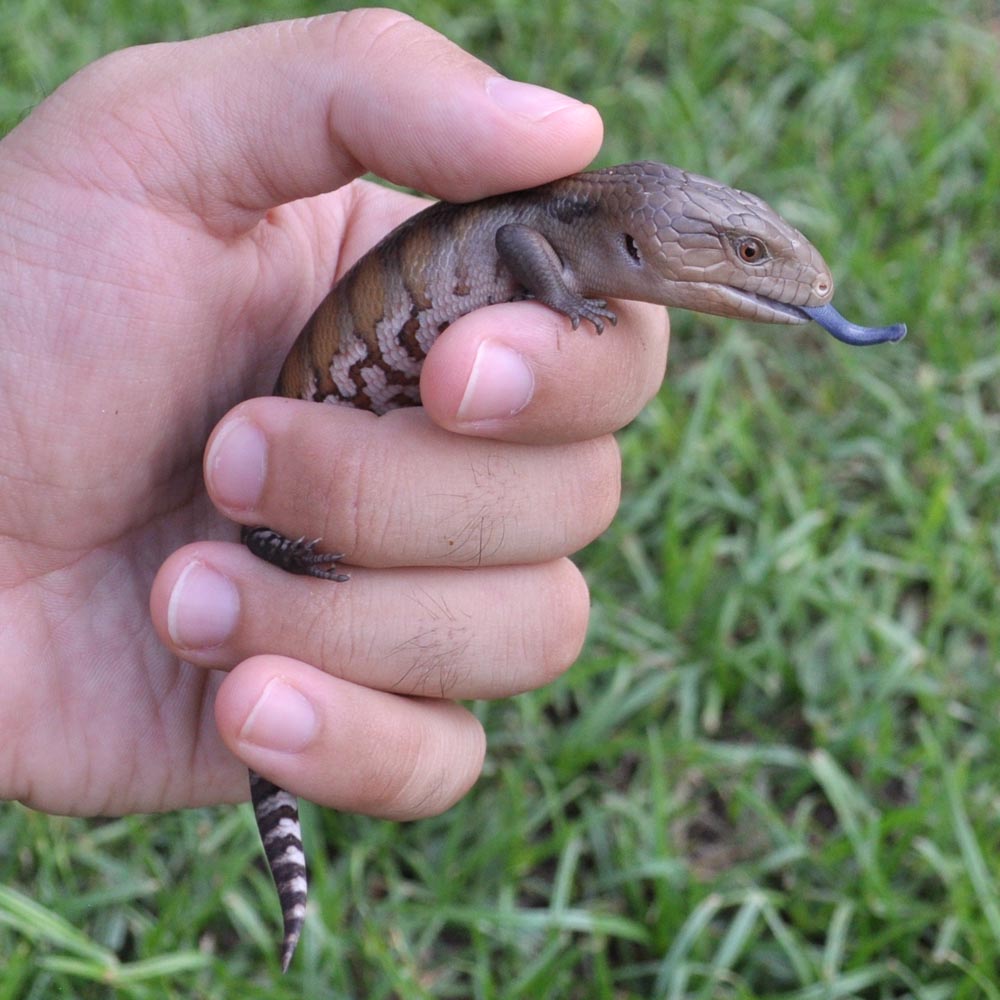
Bluetongued Skink Facts, Habitat, Diet, Pet Care, Babies, Pictures
Blue-tongued lizards are the largest of all the skinks. They can grow up to 60 cm long. They are usually grey with broad brown stripes across their back and tail, and of course their most unique distinguishing feature is their blue tongue. Where do they live? There are six species of blue-tongues in Australia. The most common types are:

Tiliqua scincoides displaying the characteristic blue tongue. Pet Lizards, Reptiles And
Bobtails (also known as Shinglebacks, Sleepy lizards) and bluetongues, they generally grow to a length of around 3550cm depending on which species you choose to keep. All are primarily diurnal, although some are active at night during hot weather. Depending on where you live these species can be kept indoors or outdoors. Outdoor Housing

Eastern Bluetongue Lizard The Australian Museum
The ventral side is white to pale yellow. The blue-tongued skink has relatively smooth skin covered in overlapping scales. Size. This species averages about 12 to 13 inches long (30 to 33 centimeters), not counting its tail. Measuring its full length including the tail, the total length of a blue-tongued skink is 17.7 inches (45 centimeters). Diet